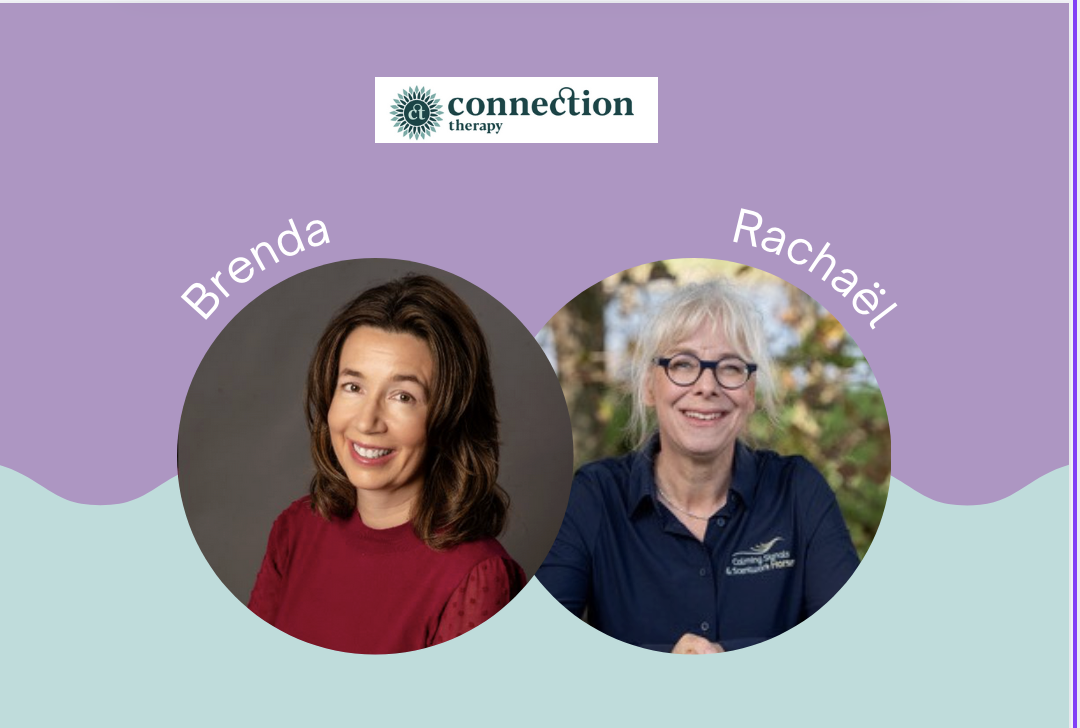
Podcast Episode #50
In part three of her conversation with Dr. Rachaël Draaisma, Brenda dives straight into one of the most persistent myths in the horse world: that chewing always means a horse is thinking—or being submissive. Turns out, it’s not that simple.
Dr. Draaisma helps us unpack what chewing actually communicates and why assuming a single meaning can cause us to miss what’s really going on. It’s not just about thoughtfulness or calm. Sometimes, it’s a signal of inner tension, an effort to self-regulate, or something entirely different. The context—and the rest of the body language—matters.
Dr. Draaisma also shares how our own body language plays a role in shaping how animals (and people) respond to us. Small shifts—a softer gaze, a change in posture, even the kind of eye contact we use—can dramatically change the feel of an interaction.
One of the standout moments? Her distinction between having an open mind and an open gaze. It’s not enough to say you’re willing to hear something new—your body needs to see it.
Whether you work with animals, as in equine-assisted therapy, or just want to be more mindful in your connections, this episode is packed with insights. Dr. Draaisma reminds us that communication isn’t just verbal—it’s energetic, physical, and often nonverbal. And if we want to be truly present and responsive, we have to keep learning how to read the cues.
This episode is a powerful reminder: when we change how we show up—right down to the tilt of our head or the quality of our gaze—we open the door to more trust, more connection, and a whole lot more understanding.
Rachaël Draaisma, https://calmingsignalsofhorses.com/en/
Language Signs & Calming Signals of Horses (2017), CRC Press
Subscribe to our podcast and never miss an episode. New episodes are available to stream or download via these and other podcast apps:
waterville
sabetha
manhattan
Keep in touch
Join our mailing list!